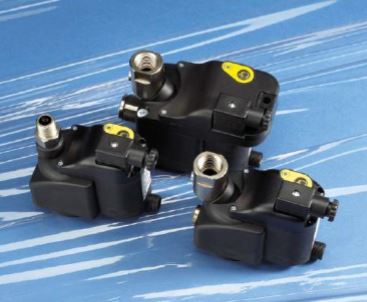Project Info
COMPLETE
 Project Title
Project Title
 Project Title
Project Title
Zero Loss Compressed Air Drains
Project Number ET13SCE1140 Organization SCE End-use Process Loads Sector Industrial Project Year(s) 2013 - 2015Description
No-loss drains expel condensate from compressed air systems, with no associated loss of compressed air. They typically are installed at the compressor, air dryer, filter, storage tank, or at any low point in the piping where moisture might collect. No-loss drains open a valve only when signaled by the condensate level control. The more common timed drains, an alternative to no-loss drains, periodically on a pre-set timed basis, open a drain valve releasing compressed air along with condensate, which wastes compressor energy. The planned tested measure installs ZLD on a compressor system, replacing the existing timer drains. Zero loss condensate drains allow for the release of condensate without the loss of compressed air which saves air compressor energy.
Project Report Document
Loading PDF Preview...
